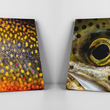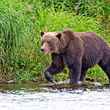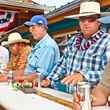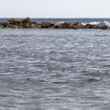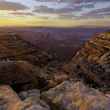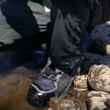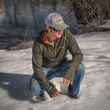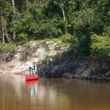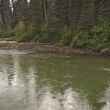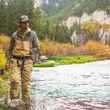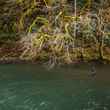I threw up this morning and I have a fever. I feel like hell on this hike, but I’m not confessing my condition. We are backpacking fish to a high mountain lake in Idaho and I don’t want to miss out on what’s at the top.
“These high elevation lakes are pretty spectacular. Lots of rocky bluffs and real pretty water,” says Dan Garren, Idaho Department of Fish and Game regional fisheries manager. “Most of these are hard to get to so when you finally see one, it’s really nice. You change from hustle, hustle, get there to yes, we made it.”
Fish packers
by Kris Millgate - Wednesday, Sep 7th, 2016



